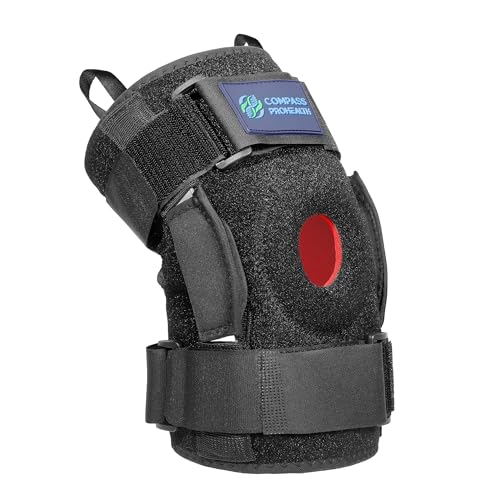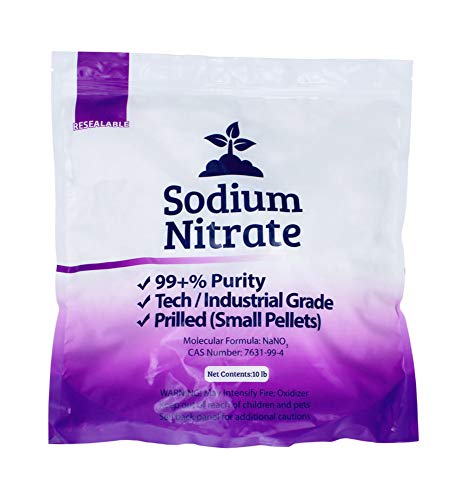The pipe with the holes actually directs the air bubbles and maximizes their contact with the cemented particles that like to stick to the copper slab causing them to slough off. The air movement he has, as seen in the video, is aggressive and probably be more effective than a propeller on a shaft unless it is one big propeller.
I would hang one of those cylinders, like the one he made and showed us in the video, around every slab in the cementation tank.
Remember, the more surface area of copper that effectively contacts the values in solution, the faster it works.
I would hang one of those cylinders, like the one he made and showed us in the video, around every slab in the cementation tank.
Remember, the more surface area of copper that effectively contacts the values in solution, the faster it works.










































































